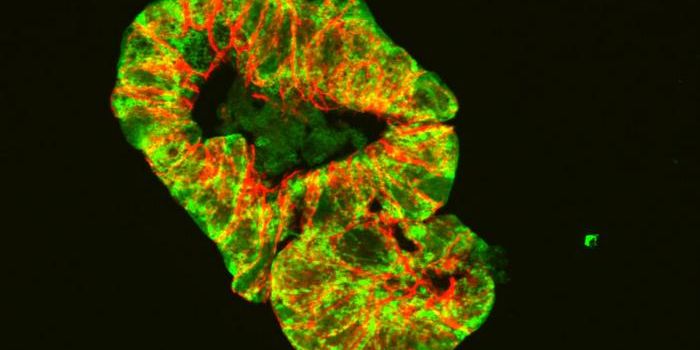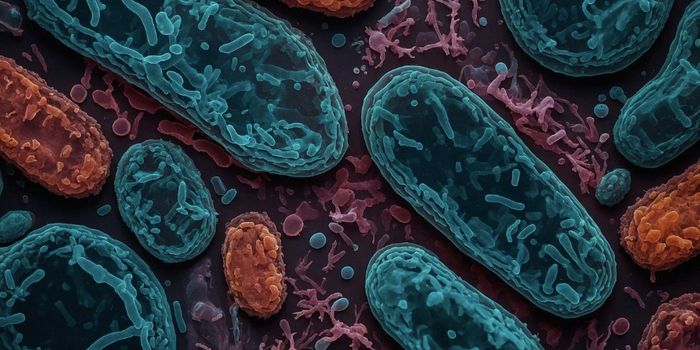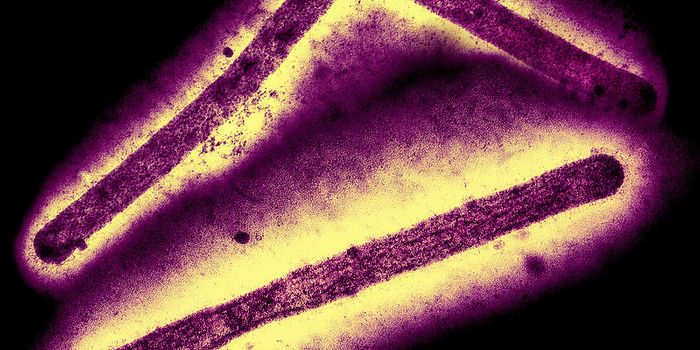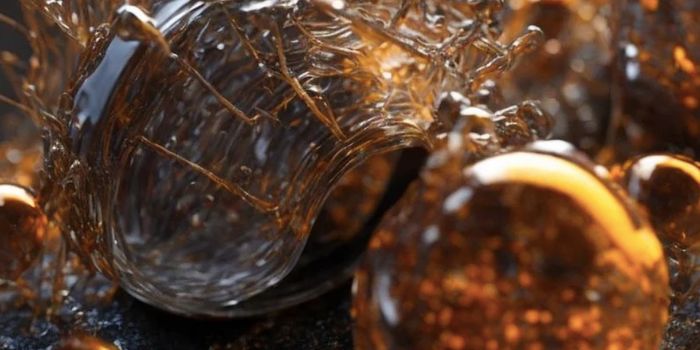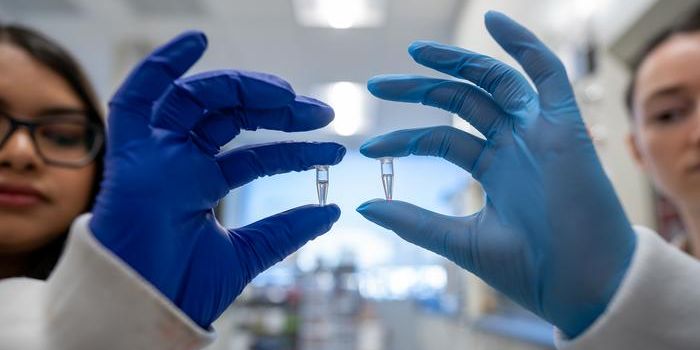In surprising new research on the evolution of different forms of photosynthesis, scientists have found that the prized oxygen-making variety may be much older than anybody suspected, and that the greening and aerating of Earth could well have begun soon after the earliest living cells appeared.
Reporting recently in Molecular Biology and Evolution, Tanai Cardona of Imperial College London and his colleagues compared genetic sequences from some 200 species of cyanobacteria - microbes that are able to photosynthesize - along with representative plants and algae. The researchers focused on a key gene called D1, which allows a photosynthetic assembly line to strip electrons from water and put them to use.

The team determined that D1 exists in at least five varieties, and that some of them, Dr. Cardona said, "have extremely ancient characteristics." The results offer support to recent, admittedly contentious proposals that oxygen-making photosynthesis arose some billion years earlier than the well-accepted date of 2.4 billion years ago.
Other researchers are seeking to better understand why plants are green in the first place - specifically, why chlorophyll rejects much of the sunlight that falls on a leaf's surface rather than absorbing and using it all, a presumably more efficient approach to energy harvesting that would make a plant look black.
Why does chlorophyll reflect back not only some of the green portions of the solar spectrum and so look green to our eyes, but also most of the abundant nonvisible wavelengths, in the ultraviolet and infrared? Some researchers are trying to modify chlorophyll and related photosynthetic players to expand their range of light absorption, manipulations that could be applied to building better photovoltaic cells or creating fast-growing plants to feed a fast-growing world. The challenge, researchers admit, is considerable.
"Evolution has selected all the properties of the system over billions of years to work pretty well," said Robert Blankenship, a professor of biology and chemistry who studies photosynthesis at Washington University in St. Louis. "Once we try to fiddle with it, problems are bound to pop up."
Dr. Blankenship pointed out that plants were not really averse to green solar radiation: They generate other pigment molecules that, unlike chlorophyll, effectively absorb as much as 90 percent of green light from the sun. But that 10 percent reflection rate, compared with virtually 0 percent giveback for incident blue and red visible light, spells all the difference to our eyes.
"We're very sensitive in the green region," Dr. Blankenship said, "so we see the little bit the plant doesn't absorb."
Neuroscientists who study color vision are also impressed by our green sensitivity. "Green is the part of the spectrum that is brightest to us," Bevil Conway, an associate professor at Wellesley College, said. "Our visual machinery, our photoreceptors are optimized for the middle part of the spectrum, the greens and yellows."
Of the three types of cone cells embedded in our retinas through which we detect and interpret color, Dr. Conway said, two of them register their peak sensitivity to green wavelengths of light - perhaps the legacy of a visual system that evolved in our sea-dwelling ancestors.
"A lot of light is leeched out in saltwater," he said. "But green light manages to pass into it pretty well." Even people who are missing one of the three types of cone photoreceptors and hence are red-green colorblind, he said, are often unusually sensitive to subtle gradations of green.
"They were often employed during various wars for distinguishing enemies in camouflage," he said.
We're sensitive to green, and many of us love green. On international surveys of favorite colors, green typically ranks second only to blue. We're drawn to green as a sign of nature and bounty, and research has shown that the addition of only two trees and a patch of grass to a concrete-dominated housing project can improve health, mood and school performance.
At the same time, we often ignore green as a backdrop color, and painters use it when they want to make objects visually recede. Green has relatively little "stickiness": it fades quickly from memory.
Reporting last month in the journal Frontiers in Psychology, Christof Kuhbandner of the University of Regensburg in Germany and his colleagues found that when shown a series of drawings with objects like chairs, cars and clothing rendered in blue, red, green or yellow, people were least likely to remember the color of the green objects.
Green may not sticky, but turning green can be tricky. According to Geoffrey Hill, who studies bird coloration at Auburn University, researchers only recently determined that birds often make green feathers the way kindergartners make green paint: by mixing yellow and blue.
Yellow pigments are extracted from foods the birds eat or, in the case of parrots, synthesized internally from scratch. Those yellow tints are then added to growing feathers that are molecularly structured to capture blue light. The result: the powdery olive shoulders of a Tennessee warbler or the neon-lime belly of a budgerigar.
Intriguingly, as the historian Michel Pastoureau of the Sorbonne argues in his comprehensive and lavishly illustrated study, "Green: The History of a Color," the combinatorial and often unstable nature of many preindustrial green dyes and paints, their derivation from the mixing of yellow and blue pigments, may explain some of green's less verdant associations.
Green was changeable, capricious, as uncontrollable as fate, no more to be trusted than a green-skinned goblin or sprite. "From the 16th century on," Mr. Pastoureau writes, "gaming tables were covered with green baize, the color symbolizing chance, the stakes, the ante, and the money to be won or lost."
Later, chemists invented far more stable green dyes, including the dichromium trioxide ink that put the green in our bank notes beginning in the 1860s. The green ink can't be destroyed by acid or base or other chemical agent, it's resistant to fading, and it's extremely difficult to counterfeit. It's the perfect backdrop for a Founding Father's face.
(Source: New York Times)


